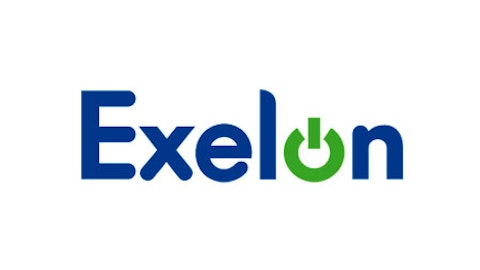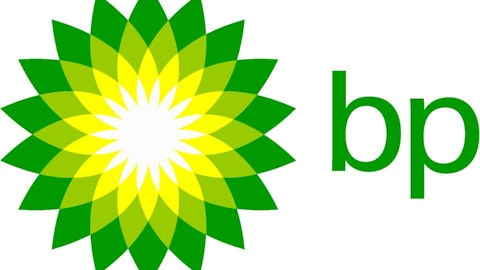
There are three big deals to look at:
1. Kazakhstan’s government owned KazMunaiGas has acquired the 24.5% stake in the Nursultan offshore oil project in the Caspian Sea from ConocoPhillips at an undisclosed price. The block holds recoverable oil reserves of 270 million tons, and commercial production is expected to start in the next three years. The Kazak government is now the biggest shareholder in the block with a 75.5% stake while the rest lies with Mubadala, an Abu Dhabi based state owned enterprise.
2. China’s State Oceanic Administration (SOA) agency has revealed that ConocoPhillips will gradually resume full operations at the Penglai 19-3 field located in the northern Bohai Bay. Production from the field was halted in September 2011 following a leakage of 3,345 barrels of oil after which its owners paid $267 million as compensation. But since a new environmental assessment and development plan has been approved work is now going to start under supervision of government authorities, specifically the SOA. The field, which is the largest Chinese offshore oil field, is jointly owned by ConocoPhillips (49%) and China’s offshore giant CNOOC Limited (ADR) (NYSE:CEO) (51%). The American firm will act as an operator, and the field is expected to produce 168,000 barrels per day. Prior to the oil spill, ConocoPhillips was producing 62,000 barrels per day, and by the end of September 2012 its output from the field had dropped to 45,000 barrels per day.
3. Royal Dutch Shell plc (ADR) (NYSE:RDS.A)’s Malaysian arm, Petronas Carigali, and ConocoPhillips have finally decided to start developing the Malikai oil field offshore of Sabah state. The field is operated by Sabah Shell Petroleum Company, and its production sharing contract (PSC) represents the country’s third deep water project. Both Shell and ConocoPhillips hold 35% stake each in the project while Petronas Carigali holds the remaining shares.
Asia-Pacific is an important part of the ConocoPhillips growth story with production increasing 11% in 2012. These projects beginning and coming back on line are an important part of the company’s realignment it went through in 2012, raising cash through asset sales and the splitting off of its downstream business as Phillips 66 (NYSE:PSX), which will serve investors well as we move through 2013.
Don’t Cross the Streams
ConocoPhillips recently announced its fourth quarter results that sagged on lower Canadian heavy oil and natural gas prices and stagnant production. Excluding extraordinary items, the company’s income dropped by 14.3% from $2.1 billion to $1.8 billion. Production rose slightly to 1.607 million barrels per day versus 1.60 million in the previous quarter. In the current quarter, ConocoPhillips is expecting a slight dip in output to between 1.58 million and 1.60 million barrels per day.
The issue for ConocoPhillips is that it is still facing potential cash shortfall versus its production and exploration. The continued disconnect between U.S. and international oil prices is a classic double-edged sword now that ConocoPhillips has split off its downstream business. Whereas Shell or Chevron Corporation (NYSE:CVX) can count on revenue from one offsetting lower selling prices in the other, creating a less volatile overall business, Conoco cannot do that. What is difficult for the company’s stock is a boon to investors, giving them the flexibility to allocate investment capital based on the current environment.
While ConocoPhillips’s net income for 2012 dropped by 16% to $6.73 billion, Phillips 66, which started out in May 2012, increased its adjusted income for the past twelve months by exactly 50% to $5.39 billion. The biggest boost came from refining, where earnings (excluding marketing) increased by 91.6% to $3.78 billion from $1.97 billion in 2011.
The Dollar-Oil Conondrum
I expect to see oil prices continue to be well bid as central banks attempt to prop up money flow with more quantitative easing measures until their economies either take off or completely crater. Either way, money will preferentially flow into the highest demanded commodities – food and energy. We are seeing this now. Even though there are fears of economic slowing in the U.S. and the data out of Europe looks awful, the price of both West Texas Intermediate and Brent crude remains well bid and near the top of their respective trading bands, indicative of hot money flow trumping economic fundamentals. The same thing is happening with stocks; as bond prices are supported by the Federal Reserve, money is flowing into stocks searching for yield.
In this type of environment both upstream and downstream producers become the equivalent of a higher yielding TIP security as inputs will remain high but demand will be sufficient enough to keep margins constant if low.
| COP | PSX | CVX | RDS.A | |
| Stock 6M | -0.64% | +50.03% | +2.04% | -7.20% |
| P/E | 8.5 | 9.9 | 8.6 | 7.7 |
| EPS | $6.72 | $6.48 | $13.32 | $8.48 |
| Yield | 4.6% | 1.6% | 3.1% | 4.7% |
| ROE | 13.2% | 18.8% | 20.5% | 14.9% |
The article ConocoPhillips’ Asia Strategy Hedges Dollar Risks originally appeared on Fool.com and is written by Peter Pham.
Copyright © 1995 – 2013 The Motley Fool, LLC. All rights reserved. The Motley Fool has a disclosure policy.





